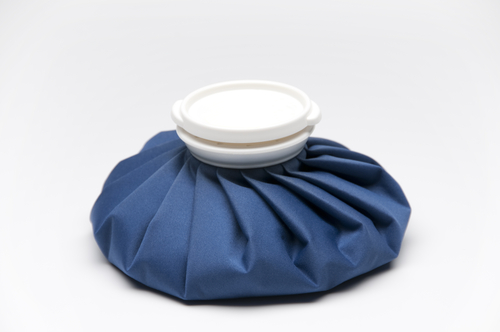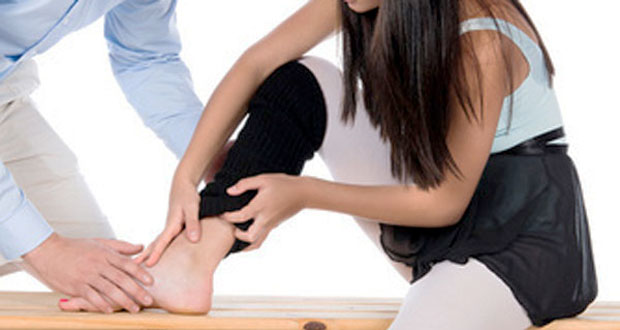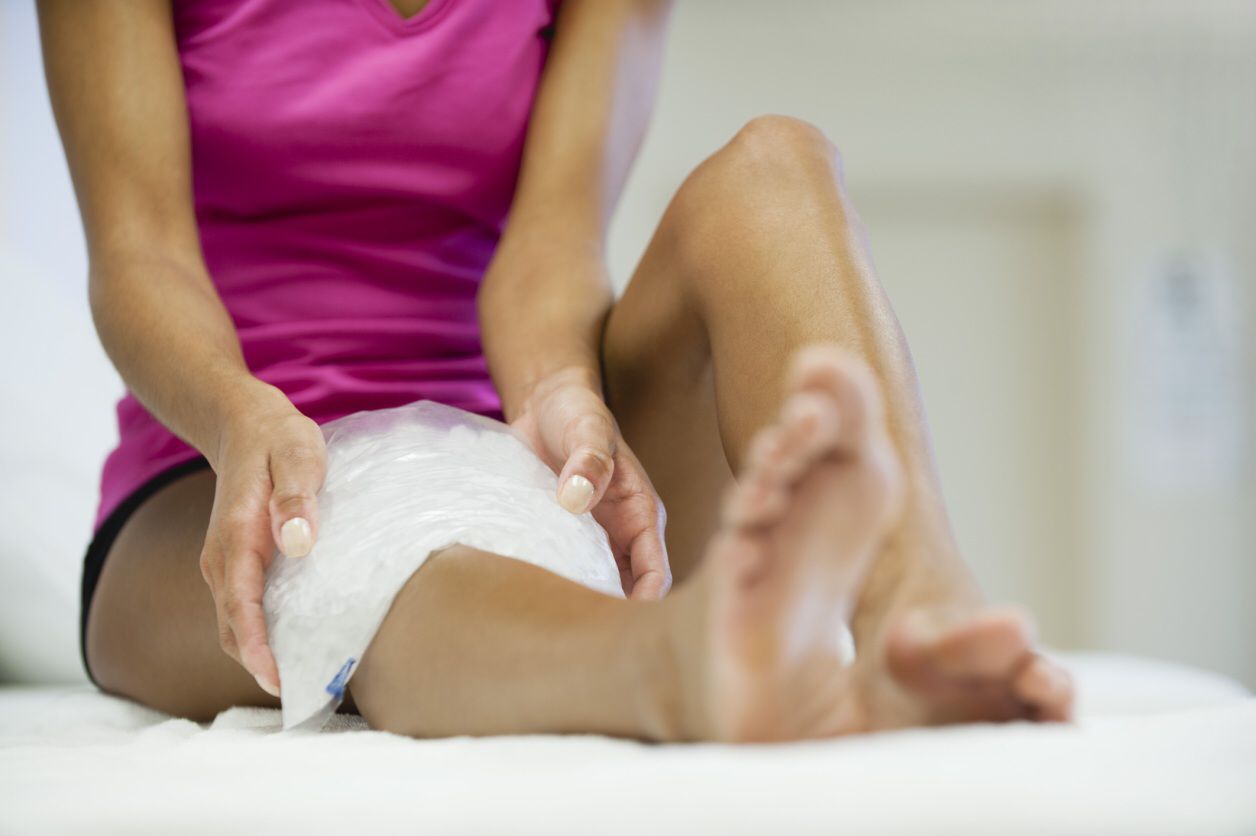Dance Talk
Our dance season never ends. Learn dance tips from the best.
Suspect An Injury? When To Use Ice Or Heat To Relieve Pain


With the popularity of dance on the rise, so too are injuries. In fact, according to a report by the National Institutes of Health, 82% of dancers have suffered between one and seven injuries, with the foot and ankle the most commonly injured areas. While you should always ensuring you're wearing proper fitting dance apparel and practicing good technique, what should you do when an injury does occur?
There are different schools of thought. Some say to ice injuries, while others advise that heat is best. But in reality, both ice and heat can work well, depending on the type of injury or issue you're experiencing.
However, if you're not sure what kind of injury you've sustained and don't know whether to ice it or apply heat to it, then opt for ice. You're not going to cause any damage with it. However, you can worsen certain kinds of injuries with heat. That's because heat after an injury sends blood to that area, causing it to swell.
Also, treat an injury immediately. Don't ever try to dance through it. You can actually exacerbate the injury if you do that, making it worse and increasing recovery time as a result. And the faster you treat it, the quicker you'll recover. So, if you ice or apply heat to an area and the swelling isn't going down, nor is the pain going way, get treatment from a medical professional.
When to Apply Ice

If you have a new acute injury or aggravated an old one, then it's best to apply ice. Acute injuries are different from chronic conditions in that they're typically short-term. These types of injuries, such as spraining your ankle or your foot, result in inflammation and tissue damage. This then leads to swelling, which is why icing works best. Icing constricts the blood vessels, reducing inflammation as well as subsequent pain.
Some other examples of acute injuries that are common for dancers to experience include:
- Knee sprains
- Muscle sprains
- Joint sprains and swollen joints
- Tendonitis
- Muscle or ligament tears
Ice is also good to use proactively. That's because it helps to helps prevent inflammation and soreness from overuse. So if you know you have an old dance injury and you're going to be dancing all day, apply ice to it during breaks. It will feel better throughout your practices or performances, as well as be at less of a risk for re-injury.
Tips for Icing
If you experience an acute injury while dancing, like any listed above, or you want to prevent one, ice the spot for about 15 to 20 minutes every hour for several hours. The sooner you apply ice, the faster the inflammation will go down and the injury will heal. Just make sure you don't ice the spot for more than 20 minutes. Doing so can actually trigger more blood flow into the area and can also cause damage to your skin. In between icing, your skin should be allowed to return to normal temperature.
In terms of what to use to ice, if you don't have an icepack, then a package of frozen peas can certainly do the trick. Besides girls dancewear, you can also carry instant ice packs with you in your dance bag, which don't need to be frozen. All you have to do is squeeze them to trigger them. Likewise, cervical ice bags can be effective because they mold to the shape of the body part you're icing. That's why they're perfect for your sprained ankle or foot, or a painful joint.
When to Apply Heat
When it comes to heat, it's often best when the condition is a chronic one, reoccurring with frequency. That's because heat works in the opposite way that cold does, stimulating circulation, enabling more blood to reach the problem area with the expansion of blood vessels, and also helping the muscles to relax more. This in turn provides a soothing effect and pain relief.
Some examples of chronic pain problems dancers experience that can benefit from heat include:
- Stiff joints
- Muscle soreness and tenderness
- Muscle pain
- Muscle spasms
- Arthritis
Tips for Heating

Like heating, it's important to be mindful in terms of how long you apply it to an area of your body. If your whole body is sore, then consider a hot bath or shower. But if it's just one spot, use a hot towel or heating pad in 20 minute increments. Any more than that and you can cause irritation to your skin or even blisters.
When it comes to heating your body, you can throw a damp wash cloth into the microwave and heat it up. up. Just make sure you also wrap it in a towel before you apply it to your skin; otherwise, you could get burned. Another option is a heating pad. You can buy one at any local drug store or make your own. These too can be used preventatively in order to ensure your body stays limber. For instance, if you feel your back or legs stiffening up between performances, apply a heating pad to them.
From Wearing Properly Fitting Dance Apparel to Performing Warm-ups, How to Prevent Injury

As the saying goes, "an ounce of prevention is worth a pound of cure." Once you do have an injury, the risk of re-injury is high, especially if you're an active dancer. But if you take care of your body, and apply ice and heat when needed, you'll be able to stay on your toes and in the studio. To prevent injury, it's also important to:
- Wear the right dance apparel , including girls dancewear and footwear that fits you properly.
- Listen to your body. If something doesn't feel right, don't push yourself.
- Stay well hydrated.
- Practice good technique.
- Thoroughly warm-up and cool-down before and after dancing. Keep in mind too, applying a heating pad to your body should never replace a warm-up.

Follow Us
Follow Us online, join our conversations, engage with our teams around the world!